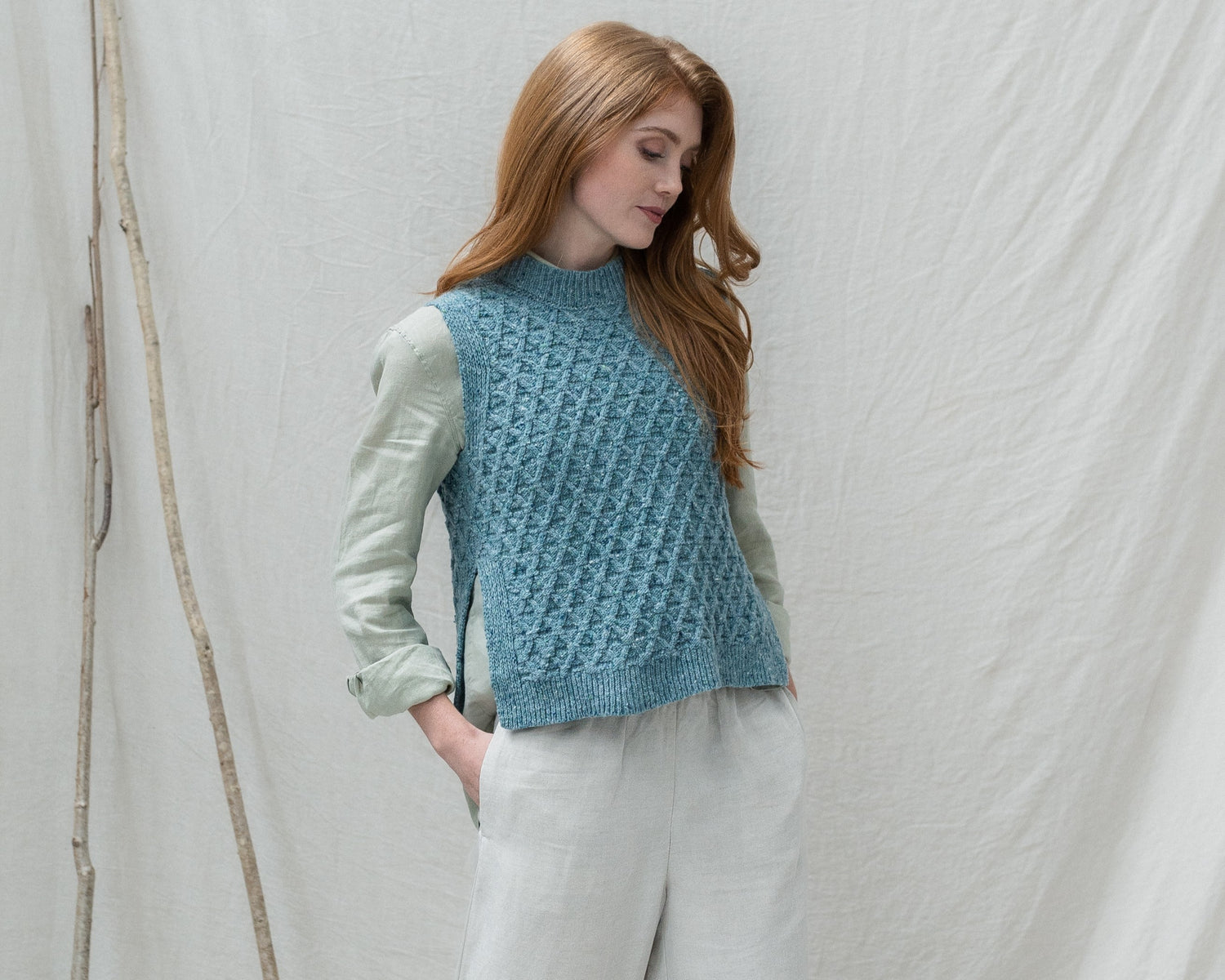
What Is Knitwear?
Knitwear is made of yarn that has been twisted into different thicknesses. The term ‘ply’ refers to the number of ends (twists) in the yarn: 2 ply means two, 4 ply means four.
Most knitwear is made from pieces that are sewn together, but some can be knitted as a single piece without seams (fully fashioned). This makes them more durable.
Comfort
When you think of knitwear, you might be tempted to conjure up Knitwear images of homely cardigans and comedy Christmas jumpers. But knitwear is much more than just cosy. It’s also stylish, hygienic, warm and unique. It’s also versatile, with options ranging from sleek cashmere through to chunky cable-knit sweaters and boiled-wool coats that verge on the edgy.
The elasticity of knit fabrics (which are made up of yarns initially formed into loops, rather than being weaved like other fabric types) makes them incredibly comfortable to wear. They are also wrinkle resistant and, when crumpled, will bounce back to their original shape.
Luxury fibres like silk, cashmere and merino combine softness with durability, drapeability and heat-retaining qualities. New Zealand family owned yarn manufacturer Woolyarns takes this further by combining these with rare, soft Brushtail Possum down and other natural fibres, resulting in a knit that’s warmer, lighter and has less crease or pilling than 100% cashmere. The result is a fabric that will keep you comfortably warm through the coldest winter.
Style
When knitwear is paired with the right accessories, it can flatter the figure and accentuate a sense of style that is uniquely your own. While woven fabric offers more structure for architectural appeal, knits have the flexibility to hug your curves and flex with every movement.
While a basic knit is solid and has no pattern, some yarns can be spun with color for patterns and designs. This technique is called stranded color work, and it is often used to create Shetland-style sweaters.
Another way to distinguish different types of knits is by their ‘gauge’ or ‘ply’. Gauge describes the number of stitches per inch, while ply refers to how thick the yarn is.
For example, a cashmere knit is likely to be lighter and more luxurious than a cotton polo shirt made from the same material. Another important difference is how the panels of a knit garment are put together – this is called ‘framing’ or ‘fashioning’. For instance, some knitwear manufacturers frame their garments by sewing the edges of the panels together with a zig-zag stitch that stretches with the fabric, rather than using a straight seam.
Fashion
Knitwear is a key winter staple that has become synonymous with classic style. Designers have been showcasing sleek silhouettes featuring delicate detailing and vibrant colors. This season, designers have been incorporating feminine details into their knitwear, such as floral patterns and art-inspired motifs.
Knitting is an intricate process that utilises the skills of artisans from around the world. It is also a form of sustainable fashion that uses recycled fibres and supports fair-trade production. The garments are also hygienic, comfortable and warm, making them an ideal choice for anyone looking for a stylish, versatile winter wardrobe.
The yarn used in knitted fabrics is meandering, unlike woven textiles which have straight threads running parallel lengthwise (warp) or crosswise (weft). This allows the fabric to stretch in different directions, giving it more flexibility than a woven material. This makes it perfect for clothes that need to cling to the body, such as socks and hosiery. The material is also very durable and can be made with many different designs and colours. This season, designers are experimenting with textures and colours to create new styles of knitwear.
Hygiene
The insulating properties of knitwear also provide hygienic benefits for the wearer. For instance, merino wool is both breathable and moisture-wicking, making it an ideal choice for sweaters and blankets. This is especially true if the garments are washed on a cool or cold setting.
Additionally, knit fabric is typically soft to the touch. This is especially true if it’s a tight-knit sweater, but even looser-knit styles like mohair are still soft and snuggly. However, the texture of knit fabrics can sometimes act as a magnet, attracting lint, dust, dandruff, and even strands of hair. For Knitwear this reason, you should wash your sweaters regularly to prevent these unwanted elements from building up on the surface of the fabric.
It’s important to note that you should avoid washing knitwear with other items, particularly heavier ones, as friction can cause fraying and pilling in the fabric. Generally, you should only wash your garments every 2-3 wears. In addition, if you notice that your sweater is becoming soiled or smelly, then you should wash it immediately. Otherwise, you can simply brush off any lint or dust with a child’s soft hairbrush or a toothbrush to get the job done.
Warmth
When the temperature drops, a lightweight knit can provide warmth without overheating. From a Shetland wool crew neck to a cosy boiled-wool coat, this type of garment is a must-have for the modern man’s winter wardrobe.
A knitted fabric can have a soft texture and is warm to the touch. It can also stretch in all directions to help form-fit to the body, making it flexible and versatile.
Knit fabrics can be made of natural or synthetic fibres, which have varying properties such as durability and breathability. Luxury fibres like cashmere and silk are popular choices, and New Zealand-owned yarn company Woolyarns has a range that uses the unique breathable qualities of Brushtail possum down.
A zig-zag stitch is highly recommended when sewing seams of knitwear to prevent the fabric from stretching and causing unsightly holes. Tissue paper can also be used to connect the edges of the seams to prevent the fabric from stretching and tearing during stitching. The fabric can also be sewn with a straight stitch if you prefer, but this is less reliable and can cause the seams to pull out.
